(NLDO) - In mid-January, we can see a new object appear in the sky from sunset, as bright as the Evening Star.
According to scientists , the "second Evening Star" is an object named ATLAS (C/2024) G3, a rare comet that was just discovered in 2024.
ATLAS (C/2024) G3 is called the Second Evening Star because it is expected to reach a brightness comparable to Venus during its closest days to Earth.
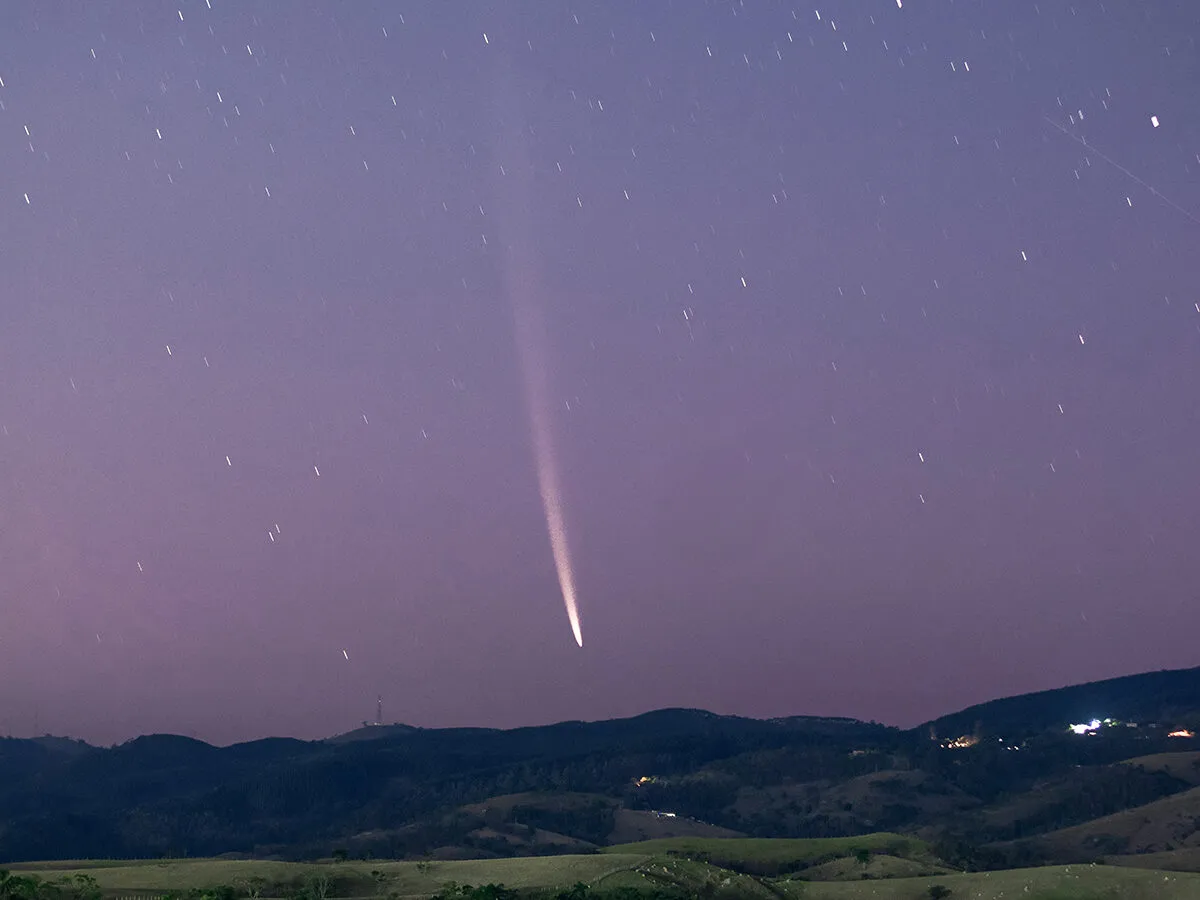
Comet ATLAS C/2023 A3, which shone almost as bright as the Evening Star in the October sky, is expected to put on a similar spectacular display - Photo: BBC NIGHT AND SKY MAGAZINE
Sao Hom and Sao Mai are other names for Venus, ancient misunderstandings. Because our solar system has only one star, the Sun.
Venus is the closest planet to Earth and the brightest object in the sky. So with a brightness comparable to Venus, ATLAS (C/2024) G3 will be very prominent and can be clearly observed with the naked eye.
Comet ATLAS (C/2024) G3 is expected to reach perihelion (closest point to the Sun) on January 13, according to Space.com.
At that time, this object was only 13.5 million km from the Sun, much closer than the 47 million km distance that the innermost planet of the Solar System - Mercury - reached at perihelion.
Near the Sun, material on the comet's surface will sublimate, that is, change directly from solid to gas, bypassing the liquid state, causing the entire celestial body to become bright with a coma (comet head), as well as leaving behind a long tail of dust and rocks.
Coincidentally, January 13 is also the day that ATLAS (C/2024) G3 reaches perigee (the closest point to Earth), providing a great time for us to see it at its brightest.
However, the comet's unusual journey close to the Sun makes its survival questionable.
"It will be very hot and may not survive," said Nick James, director of the British Astronomical Association's comet division.
Still, analysis suggests it may have survived once: ATLAS (C/2024) G3 may have been seen by our ancestors 160,000 years ago, during its previous visit close to the Sun.
If it makes it through, Earthlings will be able to see it glowing brightly in the sky after sunset starting on January 13. There's some bad news, though: Calculations suggest the best place to see it is in the Southern Hemisphere.
There is one hopeful sign for the comet's survival: Analysis suggests it visited our ancestors 160,000 years ago, just as close to the Sun, but escaped unscathed.
Discovered on April 5, 2024 by the Asteroid Terrestrial-impact Last Alert System (ATLAS) telescope, the comet comes from the Oort Cloud, a giant structure of icy objects that surrounds the Solar System.
Source: https://nld.com.vn/bau-troi-trai-dat-xuat-hien-sao-hom-thu-2-196250110100409851.htm










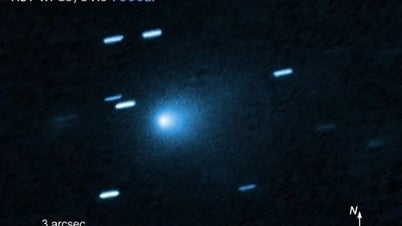
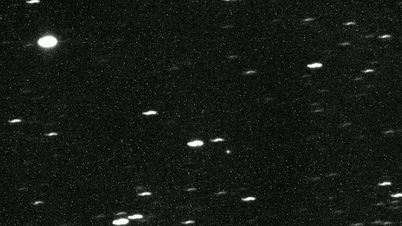



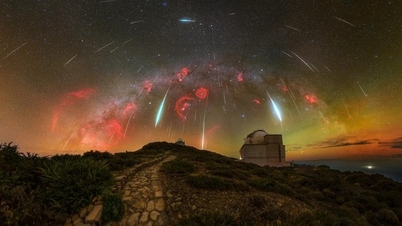
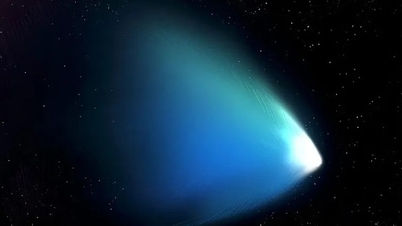











































![[VIDEO] Petrovietnam – 50 Years of Keeping the Heritage Torch, Building National Energy](https://vphoto.vietnam.vn/thumb/402x226/vietnam/resource/IMAGE/2025/9/3/3f5df73a4d394f2484f016fda7725e10)

![[Photo] President Luong Cuong meets with Russian President Vladimir Putin](https://vphoto.vietnam.vn/thumb/402x226/vietnam/resource/IMAGE/2025/9/3/87982dff3a724aa880eeca77d17eff7f)






































Comment (0)